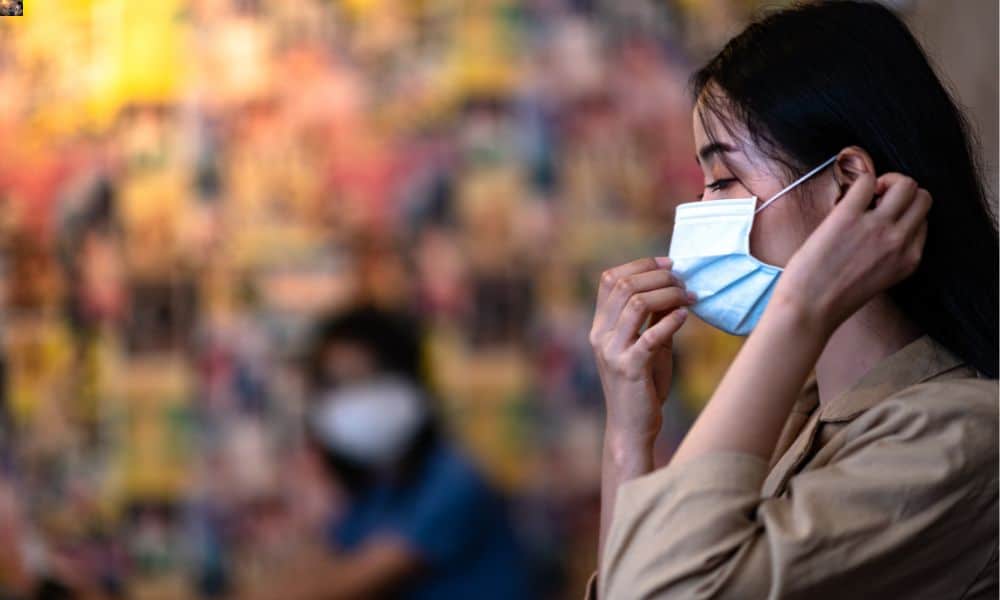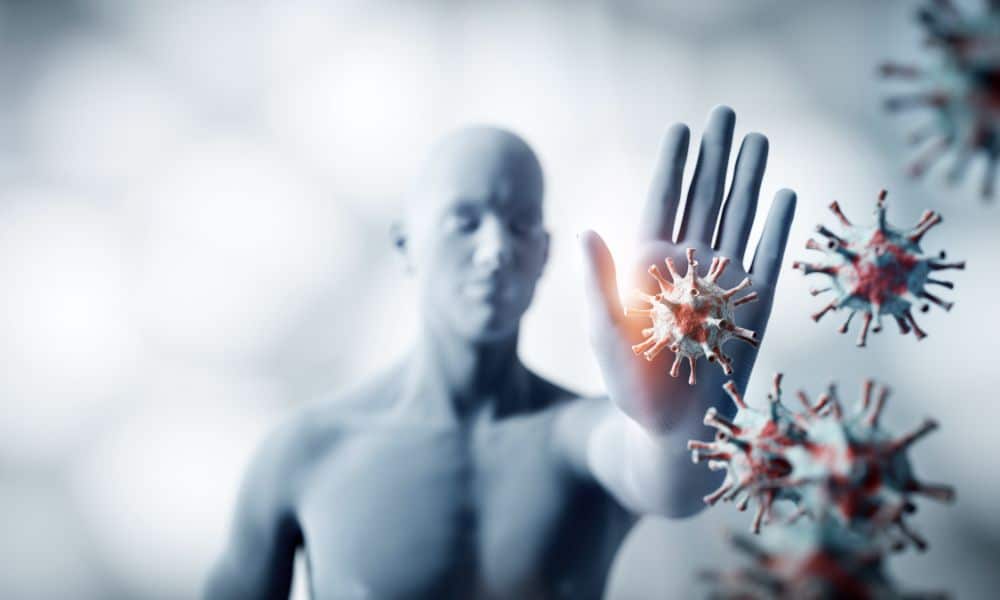How could COVID-19 usher in inclusive health and fitness? Because of the COVID-19, the public has developed a broader understanding of disabilities and health issues that millions face. Most of these issues and disabilities aren’t necessarily visible. Everyone suddenly had to remain indoors to stay safe. Covid placed specific individuals into ‘high-risk groups.’ Thus, it caused everyone else to sacrifice their freedom to protect them.
Naturally, this has led many to learn more than they ever thought about respiratory diseases and immune system deficiencies. This knowledge needs to be used as life slowly returns to normal in countries with widespread access to vaccinations.
One industry that could use this awareness is the health and fitness sector. It has seen widespread change because of the pandemic. Home workouts became the norm, and outdoor exercise experienced a surge in popularity. However, one form of exercise that hasn’t been able to return appropriately in many areas is indoor group exercise classes. In time they will, but has COVID made them more accessible or diversified?
What difficulties are ahead for those with respiratory issues?
Respiratory issues—Asthma has become part of the public discourse over the past 18 months. COVID-19 is a respiratory virus, meaning it attacks the breathing capabilities of the infected individual. Therefore, protecting people with respiratory disabilities and illnesses became extremely important. Thus, COVID-19 reminded us of inclusive health and fitness.
As things return to normal, these people may want to participate in group exercise sessions at their gym.
Millions of people have launched themselves into a health and fitness routine in the COVID-19 wake because they suddenly have more time on their hands.
People living with Asthma may feel the same, but the idea of joining an intense group class can daunt for several reasons.
One of the sure-fire ways to spread coronavirus is to do an indoor exercise class. Multiple people expelling respiratory droplets at a significantly higher rate than usual can lead to mass infections. The droplets are also likely to travel further than the usual six feet that respiratory droplets travel.
While local regulations would have to allow the class to take place anyway, the idea of being in close quarters with unvaccinated people might be too much to handle. In addition, being part of a class where other people are not at risk of extreme breathing difficulties or attacks could lead to extreme anxiety and a failure to complete the session you have likely paid for. However, those who focused on COVID-19 inclusive health and fitness avoided or decreased anxiety.
Indoor exercise can be problematic for asthmatics and lead to exercise-induced asthma (EIA) attacks. If working out indoors with a personal trainer, people usually notice symptoms of an EIA about 15 minutes after the session has ended.
Physical exercise is very beneficial for asthmatics, as when done in the correct quantities and conditions, it can help prevent vicious attacks. In addition, raising the heart rate regularly boosts lung power. It also supports the immune system to help fight colds and viruses, which are a significant trigger for over 80% of people with Asthma.
What measures can you take?
It would not be the worst idea for gym companies to more widely offer exercise classes catered to those with respiratory issues. These classes could be outside when the weather permits, as it provides better ventilation for breathing ability and transmission of respiratory droplets. The approach to fighting a pandemic includes education and fitness. Offering COVID-19 inclusive health and fitness will not fix the problem, but it can help.
We could reserve these classes for people who wish to exercise at a lower overall intensity than your average group session, meaning the participants don’t feel like they’re out of place or being left behind by others. While it seems unlikely that adults would ridicule others for being less physically able, it would comfort those with asthmatics to know that they’re in a class with like-minded people.
The timing of the classes could be important too. For example, asthma attacks are more common early in the morning and late at night, meaning mid-morning and afternoon slots would suit the target audience much better.
Exercising with other people can be a profoundly intimidating task for anyone. An issue not visible to the naked eye means the exercise affects you differently from everyone else. The COVID-19 pandemic provides a valuable opportunity to make health and fitness accessible and inclusive to everyone.
Euan Burns is a features editor at Origym Centre of Excellence, which provides high-quality personal training courses and packages.




